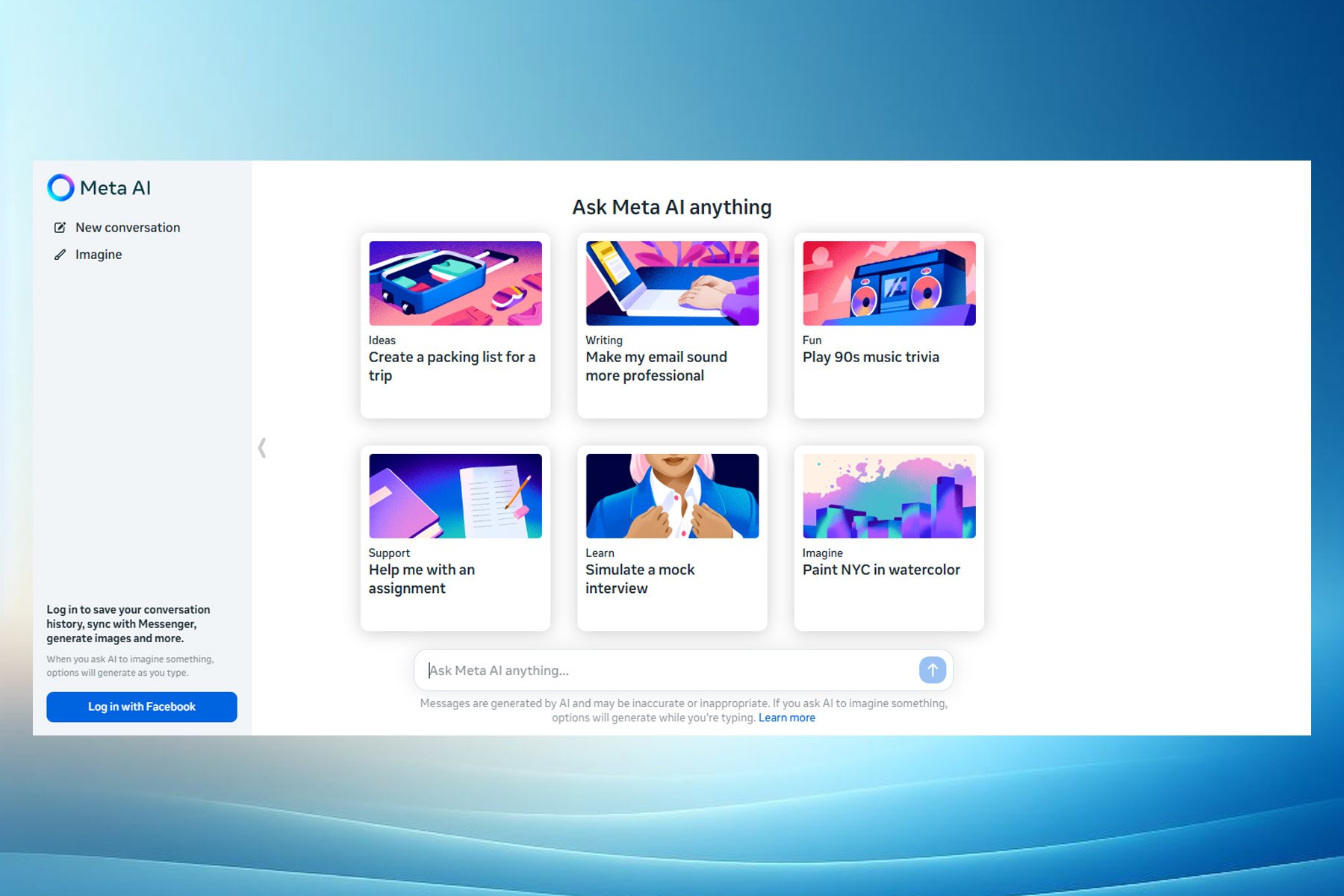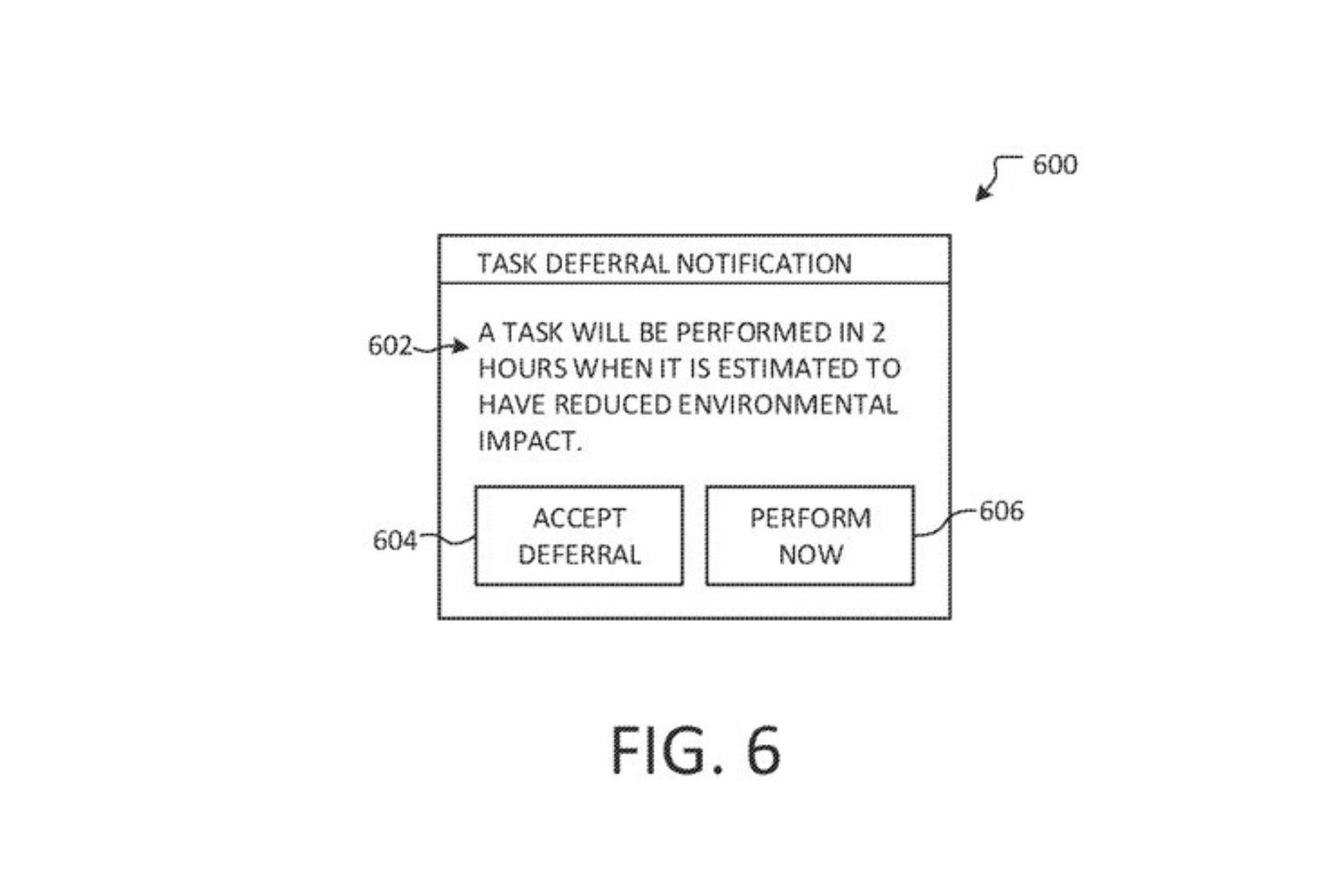Microsoft Edge's security alerts vulnerable to tech support scam abuse
2 min. read
Published on
Read our disclosure page to find out how can you help Windows Report sustain the editorial team Read more

While Microsoft Edge is touted as more secure than Chrome and Firefox, the browser’s security alert is susceptible to technical support scam abuse. A security researcher has discovered a vulnerability in Edge that could let scammers display a fake security alert for any domain.
Manuel Caballero, who maintains the Broken Browser blog, found that scammers could also customize the text for the fake alerts to lure unsuspecting users into calling tech support numbers. The call center operators, in fact, would trick the victims into shelling out large sums of fees.
Caballero noted that the malicious campaign is nothing new. However, he acknowledged that scammers are advancing their trick to fool more users. He wrote in a blog post:
“They render red warnings or BSODs with fake messages and sometimes they even throw blocking alerts to prevent users from going away. When a user closes the alert box a new one appears, ad infinitum.”
Flaw exists in Edge’s SmartScreen security feature
Caballero said the security bug exists in Edge’s SmartScreen security feature, adding that the flaw is unique only to Edge. SmartScreen works to detect drive-by downloads and phishing URLs so that it displays a security alert inside the browser window.
The warning messages reside in Edge’s installation protocols ms-appx: and ms-appx-web. Edge uses these protocols to show warning messages when the browser detects phishing or malware delivery sites.
The security researcher explained that the flaw could not only allow hackers to extract the protocols and customize the warning messages, but it also lets cyber crooks fake the URL in Edge’s address bar. Scammers could also append a hash and forge a technical support scam page so that the spoofing appears authentic. Likewise, unsuspecting users would think a website they visit is legitimate, when in fact it is being spoofed.
The vulnerability could serve as an effective tool for tech support scammers to mask their attack with a legitimate URL. Also, there’s currently no fix for the flaw, according to Caballero, who claimed Microsoft ignored his reports in the past.








